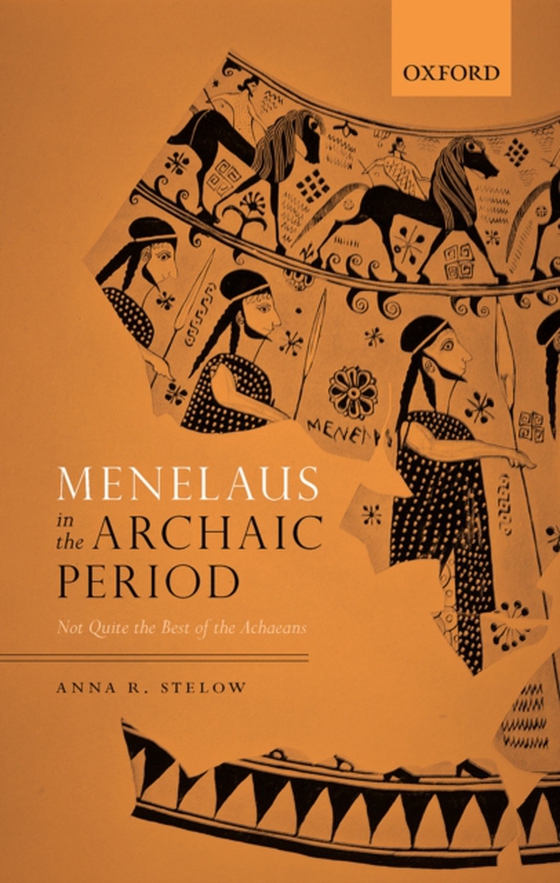
Menelaus in the Archaic Period e-bog
875,33 DKK
(inkl. moms 1094,16 DKK)
While there have been many studies devoted to the major heroes and heroines of Homeric epic, among them Achilles, Odysseus, and Helen, the figure of Menelaus has remained notably overlooked in this strand of scholarship. Menelaus in the Archaic Period is the first book-length study of the Homeric character, taking a multidisciplinary approach to his depiction in archaic Greek poetry, art, and c...
E-bog
875,33 DKK
Forlag
OUP Oxford
Udgivet
6 august 2020
Længde
384 sider
Genrer
1QDAG
Sprog
English
Format
epub
Beskyttelse
LCP
ISBN
9780192596604
While there have been many studies devoted to the major heroes and heroines of Homeric epic, among them Achilles, Odysseus, and Helen, the figure of Menelaus has remained notably overlooked in this strand of scholarship. Menelaus in the Archaic Period is the first book-length study of the Homeric character, taking a multidisciplinary approach to his depiction in archaic Greek poetry, art, and cult through detailed analysis of ancient literary, visual, andmaterial evidence. The volume is divided into two parts, the first of which examines the portrayal of Menelaus in the Homeric poems as a unique 'personality' with an integral role to play in each narrative, as depicted through typical patterns of speech and action and through intertextual allusion. The second part explores his representation both in other poetry of the archaic period - including lyric poetry and Simonides' 'Plataea elegy ' - and also archaic art and local Sparta cult, drawing on the literary,archaeological, and inscriptional evidence for the cult of Menelaus with Helen at Therapne. The depiction of Menelaus in archaic art is a particular focal point: Chapter 4 provides a methodology for the interpretation of heroic narrative on archaic Greek vases through iconography and inscriptions andestablishes his conventional visual 'identity' on black figure Athenian vases, while an annotated catalogue of images details those that fall outside the 'norm'. Menelaus emerges from this comprehensive study as a unique and likeable character whose relationship with Helen was a popular theme in both epic poetry and vase painting, but one whose portrayal evinced a significant narrative range, with an array of continuities and differences in how he was represented by the Greeks, not only withinthe archaic period but also in comparison to classical Athens.
 Dansk
Dansk

